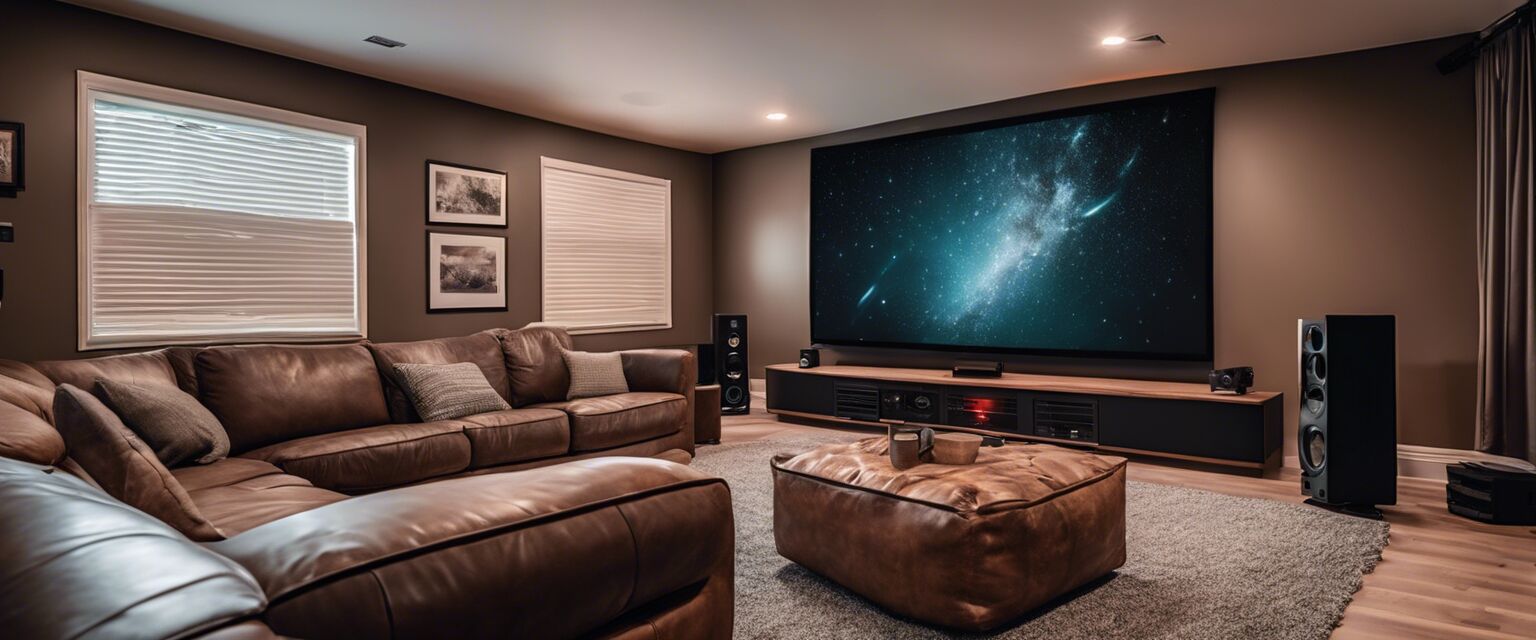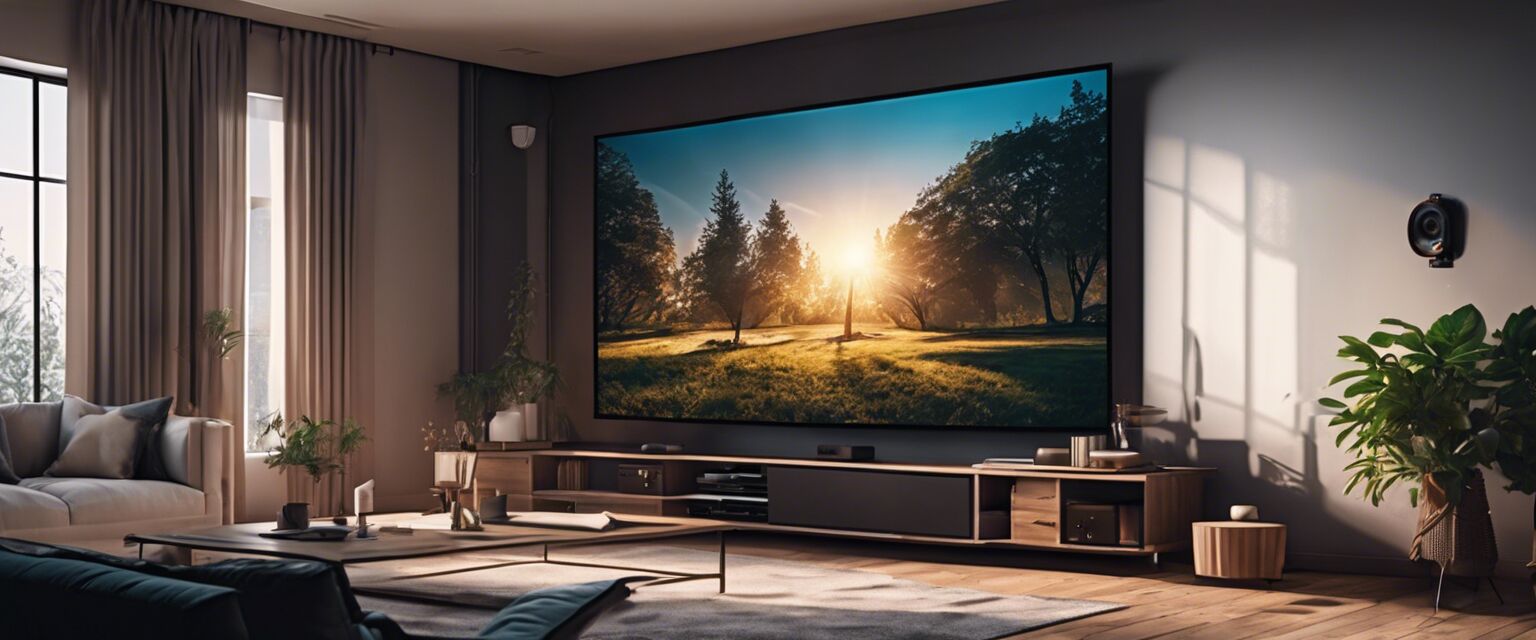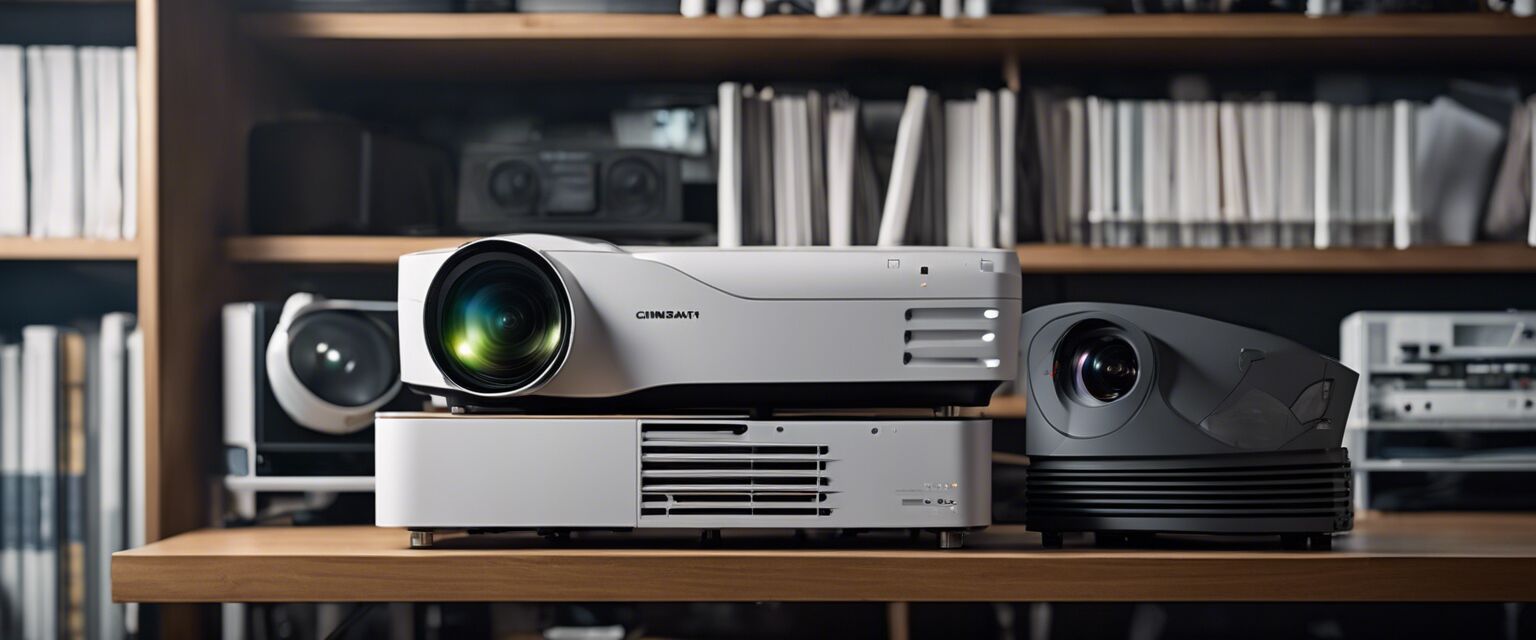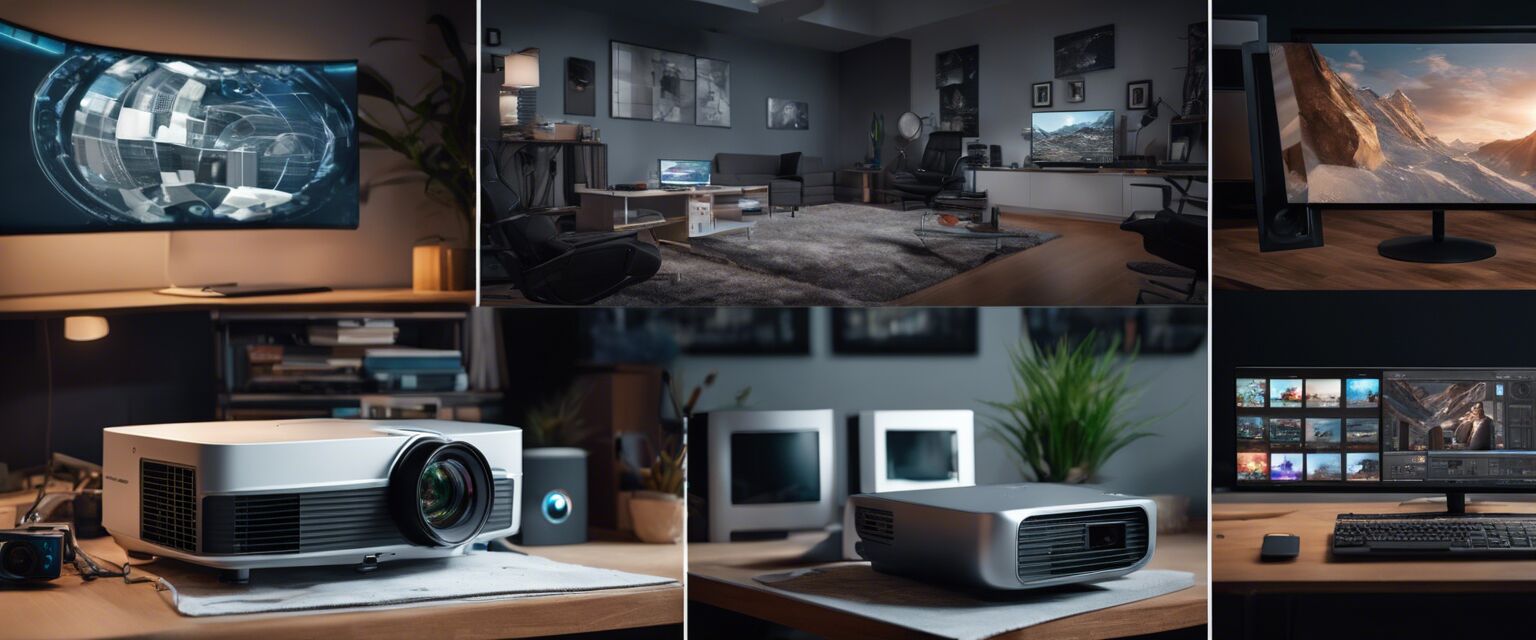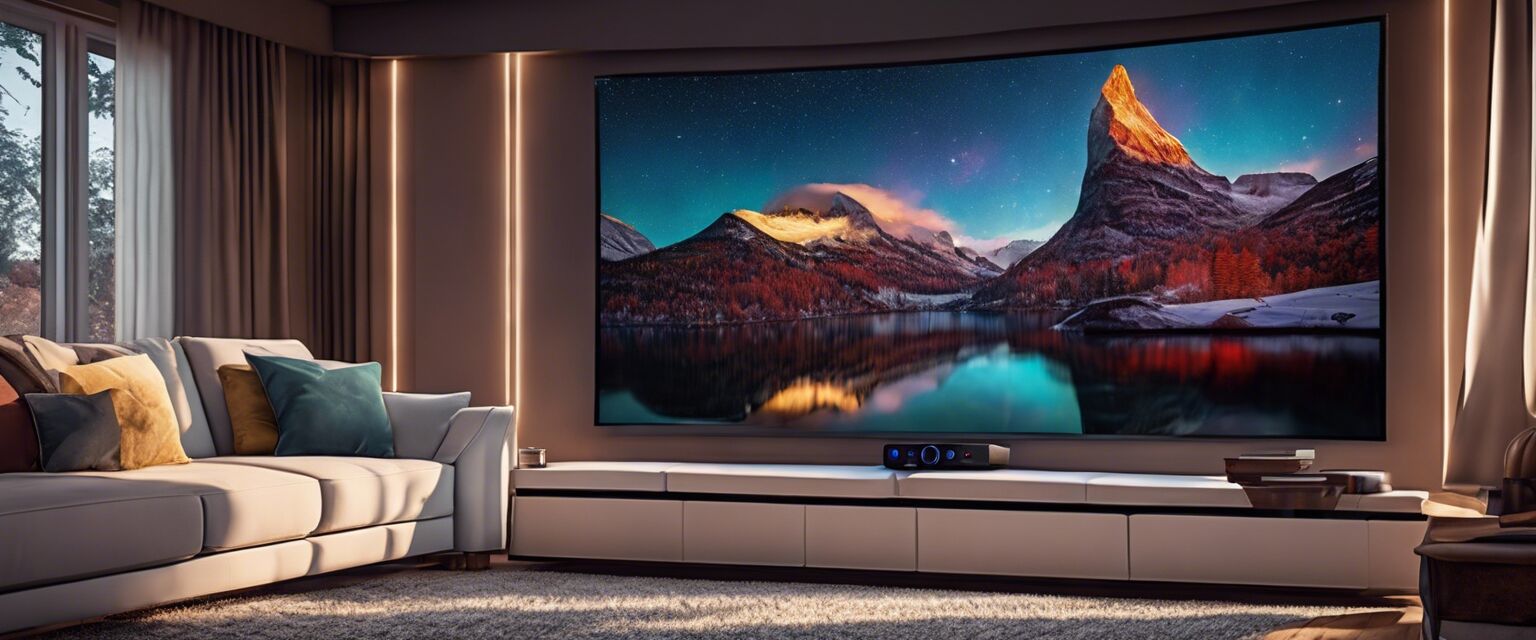
Projector Buying Guide
Choosing the right projector can enhance your viewing experience significantly. With various types, specifications, and features available, itâs essential to understand what to look for to find the best projector for your needs. This guide will help you navigate through the process of selecting the perfect projector for your home or office.
Key Takeaways
- Understand the different types of projectors available.
- Consider the resolution and brightness for your specific needs.
- Think about the space where you will be using the projector.
- Check for connectivity options based on your devices.
- Look into additional features and accessories that might enhance your experience.
Types of Projectors
Projectors come in various types, each tailored for different environments and uses. Hereâs a breakdown of the most common types:
| Type | Description | Ideal Use |
|---|---|---|
| Home Theater Projectors | Designed for movie watching with high resolution and color accuracy. | Home theaters, gaming, and cinematic experiences. |
| Office Projectors | Focus on brightness and connectivity for presentations. | Business meetings and corporate presentations. |
| Outdoor Projectors | High brightness and durability for outdoor conditions. | Outdoor movie nights and events. |
| Portable Projectors | Compact and lightweight for easy transport. | Travel, presentations on the go, and casual use. |
| Projector Accessories | Includes screens, mounts, and other enhancements. | Improving projector performance and installation. |
Understanding Projector Specifications
When buying a projector, youâll encounter several specifications. Hereâs what they mean:
- Resolution: The number of pixels that make up the image (e.g., 1080p, 4K).
- Brightness: Measured in lumens, this indicates how bright the image will be.
- Contrast Ratio: The difference between the darkest and lightest parts of the image.
- Throw Distance: The distance required between the projector and the screen to produce a clear image.
- Connectivity: Options like HDMI, USB, and wireless connections.
Resolution Explained
Resolution is one of the most critical factors in image quality. Hereâs a quick comparison of common resolutions:
| Resolution | Pixels | Best For |
|---|---|---|
| 720p | 1280 x 720 | Casual viewing and presentations. |
| 1080p | 1920 x 1080 | Home theaters and gaming. |
| 4K | 3840 x 2160 | High-end movie experiences and detailed viewing. |
Choosing the Right Brightness
Brightness is essential to ensure that the image is clear and visible in the intended environment. Consider the following:
- Low-light environments: 1000-2000 lumens is usually sufficient.
- Moderate-light environments: 2000-3500 lumens is ideal.
- Bright environments: 3500 lumens and above will be most effective.
Throw Distance Considerations
Understanding throw distance is crucial for proper placement. Hereâs how to measure it:
- Measure the distance from the projector to the screen.
- Refer to the projector specifications for the recommended throw ratio.
- Calculate the size of the image based on the distance and ratio.
Connectivity Options
Make sure the projector you choose has the right connectivity options for your devices. Here are the most common:
- HDMI
- USB
- VGA
- Wireless connections (Wi-Fi, Bluetooth)
Additional Features to Consider
Some additional features can enhance your projector experience:
Pros
- Built-in speakers for convenience.
- Keystone correction for better image alignment.
- Portability for easy setup in different locations.
- Smart features for streaming and connectivity.
Cons
- Higher cost for advanced features.
- May require additional accessories for optimal use.
- Bulbs might need replacement over time.
Setting Up Your Projector
Once you have chosen your projector, proper setup is essential for the best experience. Hereâs how to do it:
- Choose the right location based on throw distance and ambient light.
- Mount the projector or place it on a stable surface.
- Connect the necessary cables and devices.
- Calibrate the image settings for optimal viewing.
Recommended Accessories
To enhance your projector setup, consider these accessories:
- Projector screens for improved image quality.
- Mounts and stands for stability and positioning.
- Cables and adapters for connectivity.
- Portable cases for easier transport.
- Weather-resistant covers for outdoor use.
Conclusion
In conclusion, selecting the right projector involves understanding your specific needs, the environment it will be used in, and the specifications that will provide you with the best viewing experience. By considering all the factors outlined in this guide, you can make an informed decision and enjoy high-quality projections for movies, presentations, and more.




